Alex Hyde, an award-winning wildlife photographer based in the Peak District, presents a stunning photo series celebrating the multitude of species found in the unique ecosystem of the sand dune.
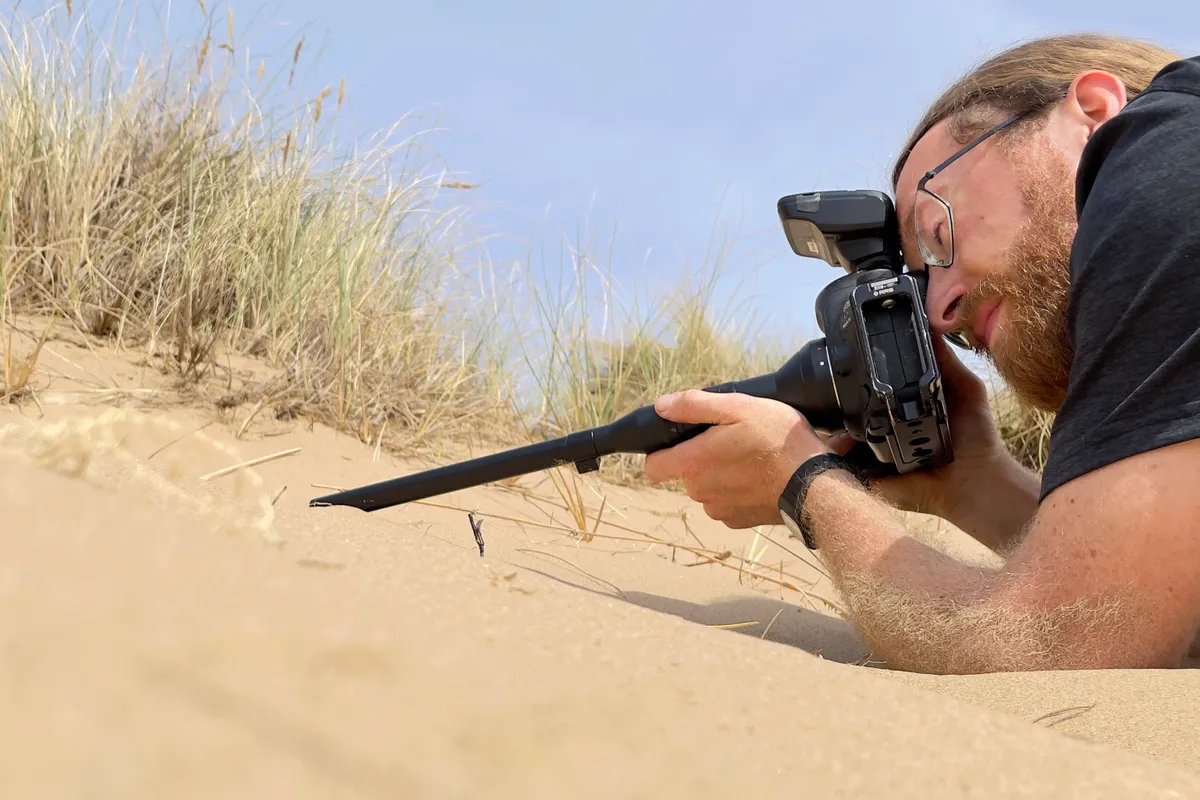
The 'Gems in the Dunes' project, part of the wider Back from the Brink conservation programme, aimed to document life on the sand dunes flanking the Sefton Coast in Merseyside. This 20km long corrugated fringe of sand is the UK’s largest undeveloped dune system – bustling with rare insects, reptiles and amphibians. See below for this enchanting set of images.
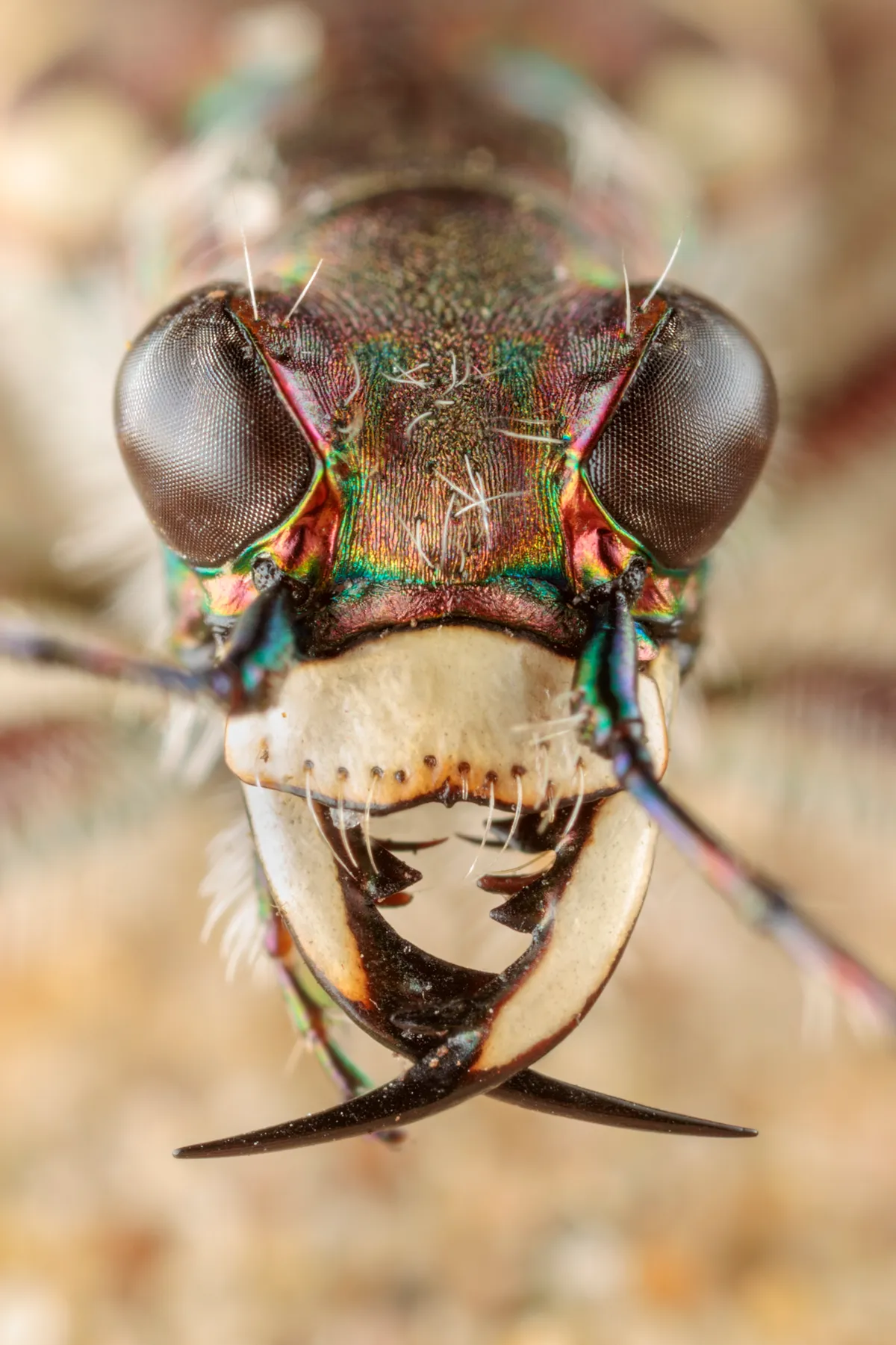
The vicious-looking mandibles of a northern dune tiger beetle are intimidating enough – but it’s those huge eyes that make it such a formidable predator. “They have incredible vision,” says Alex, “and can spot prey from far away, but they’re so quick – among the world’s fastest insects – that they experience motion blur in their vision while running down prey, and have to pause frequently to reacquire targets.”
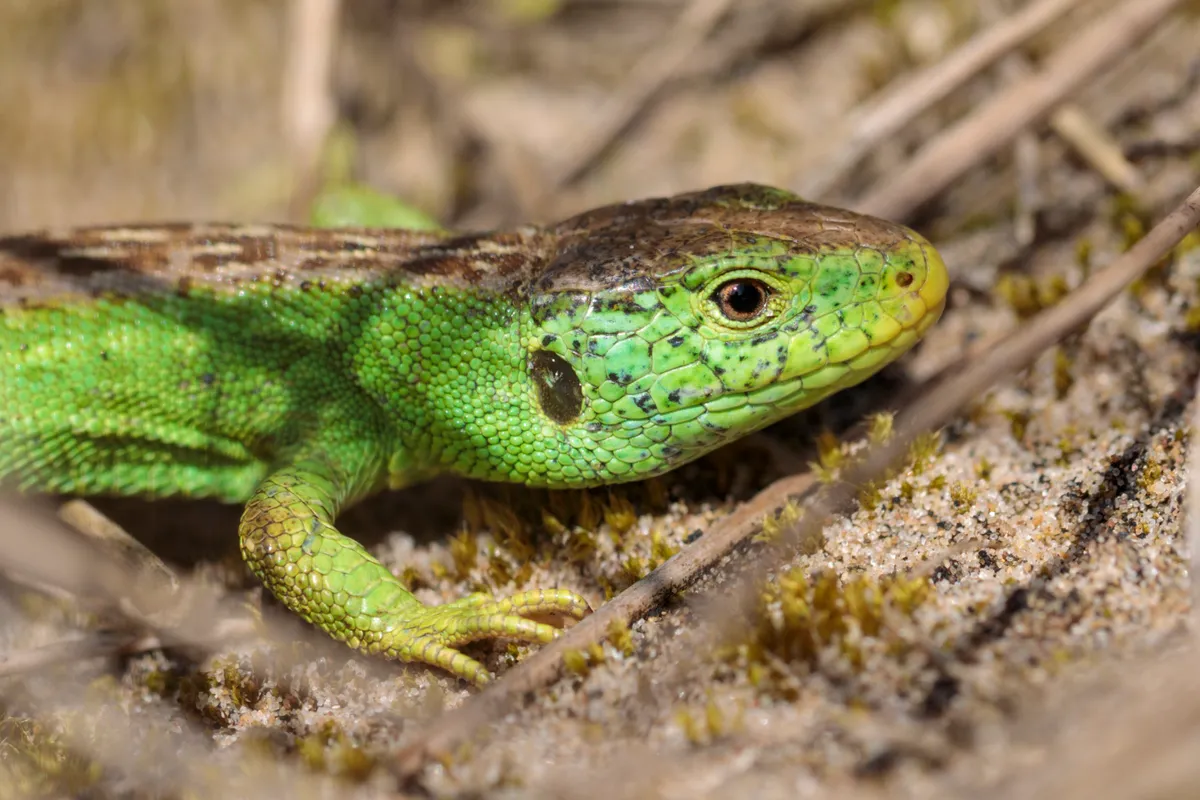
A sand lizard, sporting the striking yellow-green flanks typical of Sefton males during the breeding season, basks in the sunshine to warm up before hunting and to speed up sperm maturation. This is an important stronghold for Britain’s rarest lizard, which is why efforts to create and conserve habitat here are so vital.
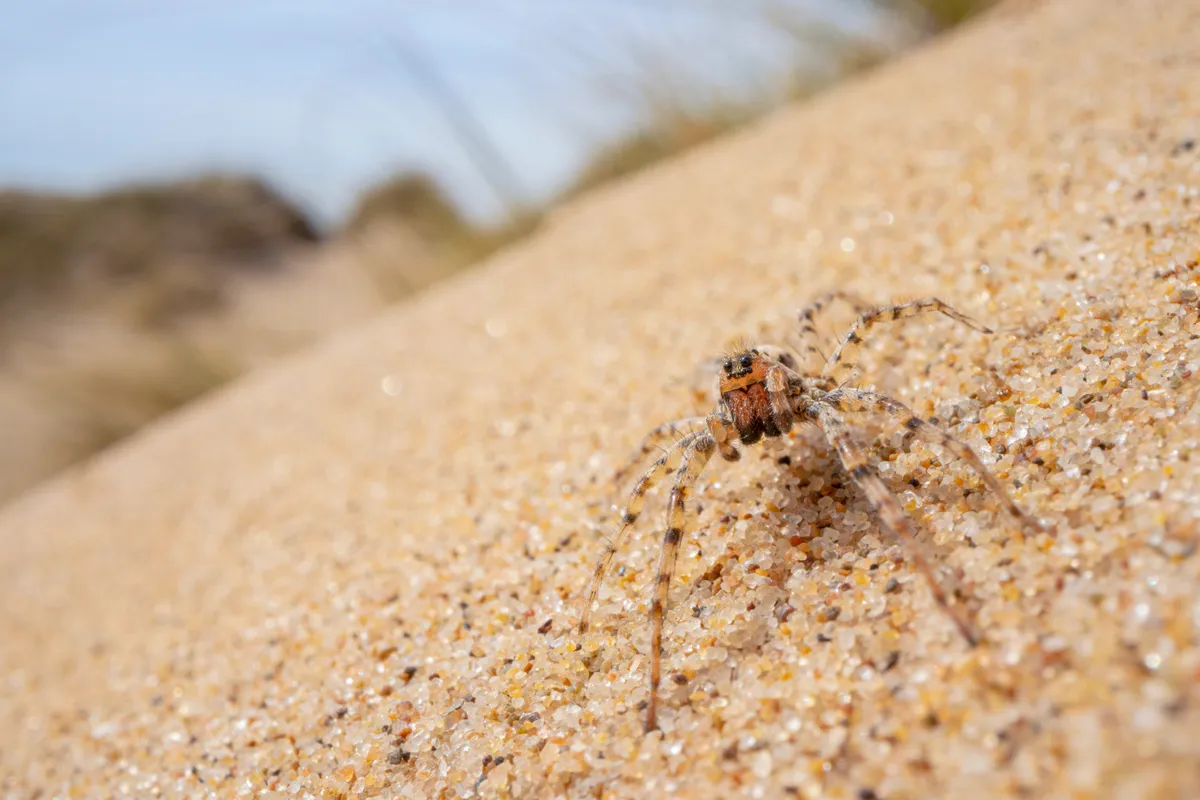
Photography can be challenging in the dunes, where invertebrates such as this sand bear spider are camouflaged against the speckled grains – “when they’re not dashing off to hunt like greased lightning”, adds Alex. This is another species benefiting from habitat management by the Gems in the Dunes team: volunteers clear scrub and create bare sand.
More UK wildlife galleries:
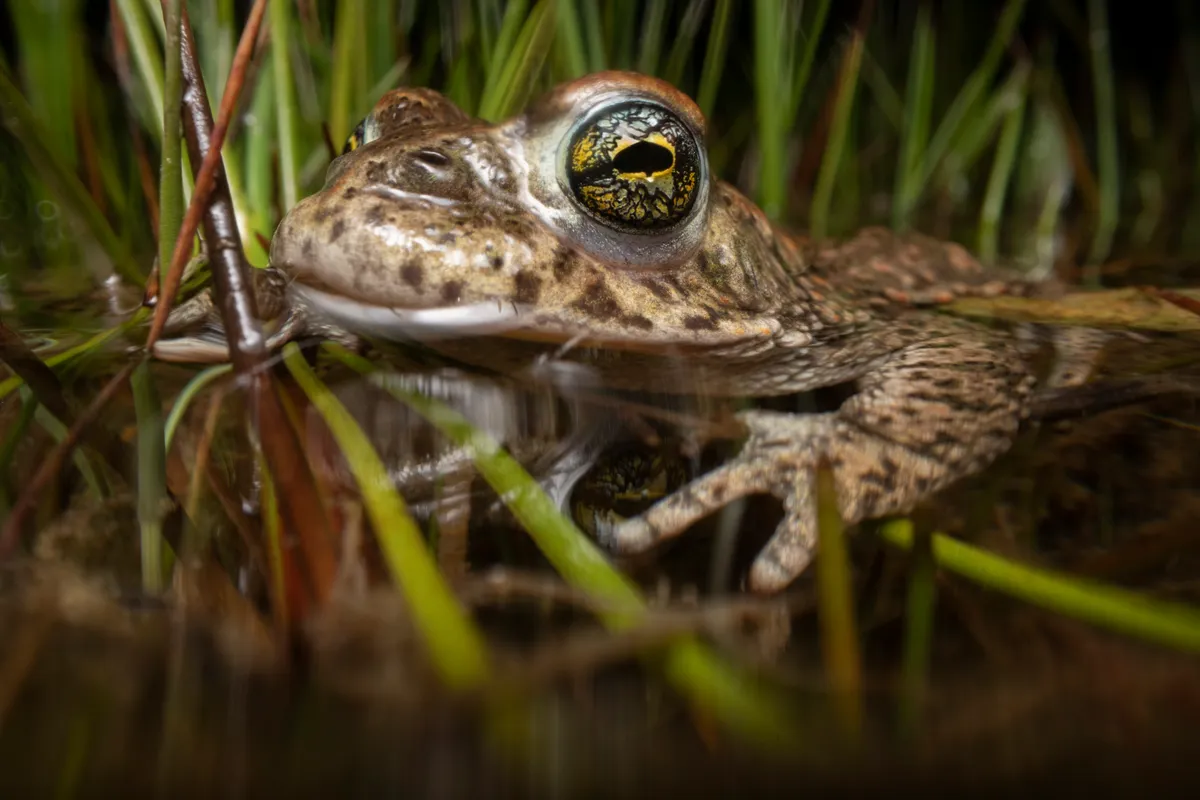
On spring nights at Sefton, Alex was serenaded by male natterjack toads calling to females – audible up to 2km away. “This picture was taken just past midnight in May,” he recalls. “It was a particularly good night for natterjacks – they all emerged from their burrows and either went to the dune slacks to mate, or to the shore to feast on sand hoppers and other invertebrates.”
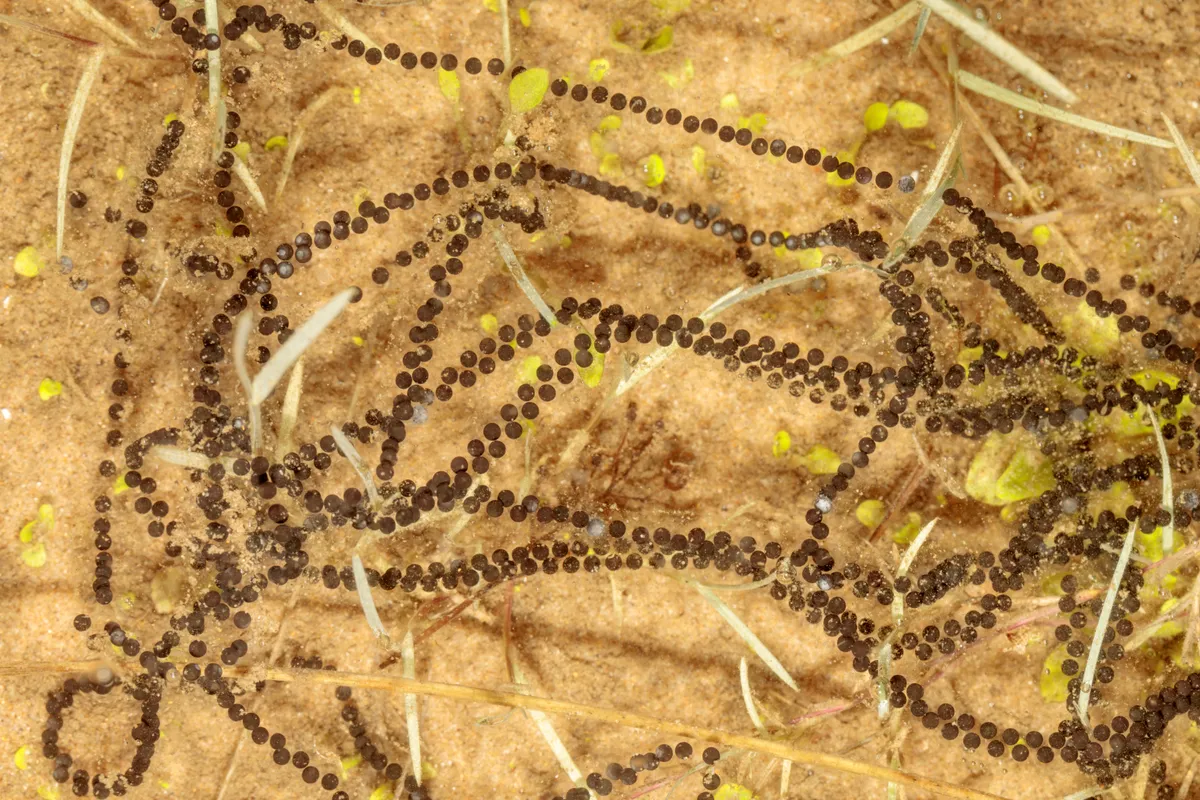
Strings of toad-spawn lace freshwater pools in the dune slacks at Sefton, home to possibly a quarter of the UK’s natterjack population. Creation and restoration of such shallow pools is vital for natterjacks; their warm water helps tadpoles develop quickly. Over four years, dozens of volunteers with the Gems from the Dunes project undertook surveys of natterjack toadspawn and adults to produce local population estimates.
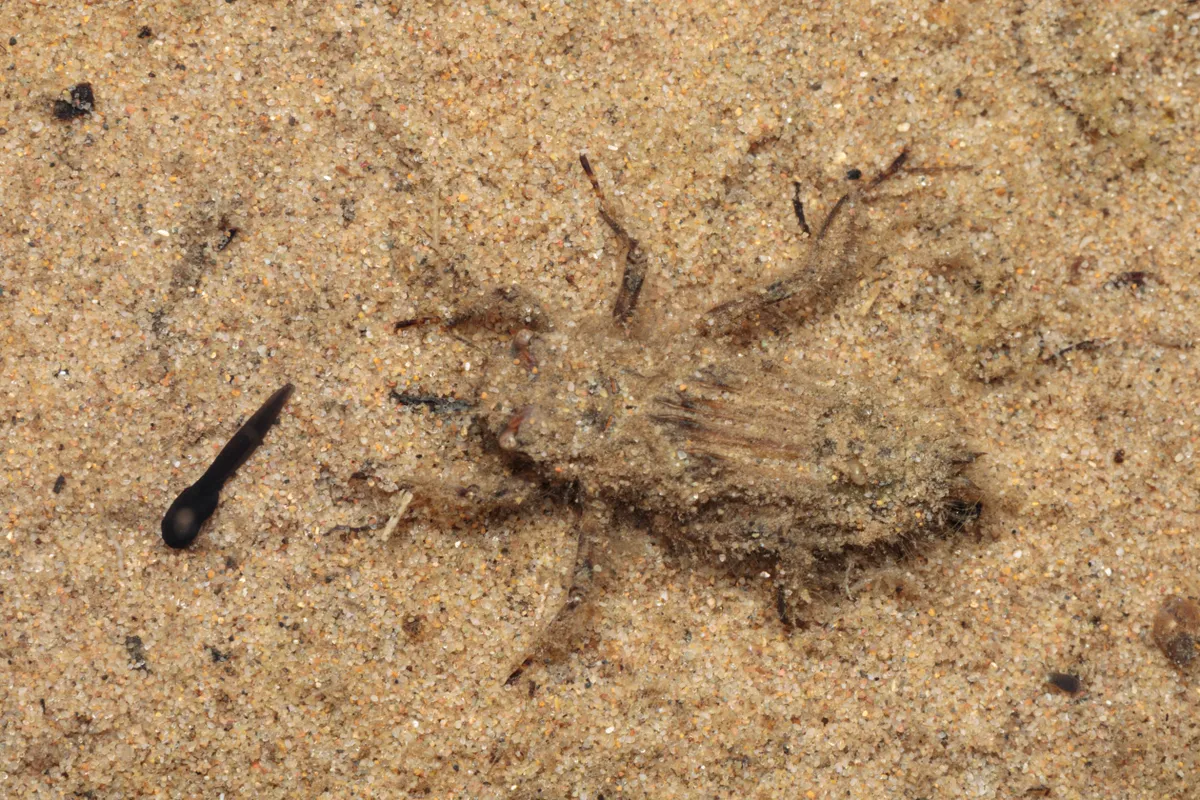
“The same habitat that suits natterjack toads is also good for other species, such as this broad-bodied chaser dragonfly larva, possibly about to snack on a tadpole,” observes Alex. “I always find it slightly unsettling to witness invertebrates predating vertebrate species.” The larva is covered by algae in which sand grains have become embedded, providing it with camouflage against the sandy bottom of the pool.

White satin moth caterpillars feed on creeping willow that is often found growing in dune slacks and is part of the succession of plant species that stabilise the dunes, with grasses at the seaward edge. “I was attracted to this caterpillar’s striking aposematic [warning] markings and coating of irritating bristles,” says Alex, “acting as a deterrent to would-be predators.”

Not all species at Sefton are rare – meadow grasshoppers are widespread across Britain – but this bubblegum-pink nymph made quite a visual statement. “I shot it during a Back from the Brink outreach photography workshop we ran in June,” explains Alex. “I was just a stone’s throw from Liverpool but, seeing this jewel of an insect, felt as if I were in the deepest Amazon.”
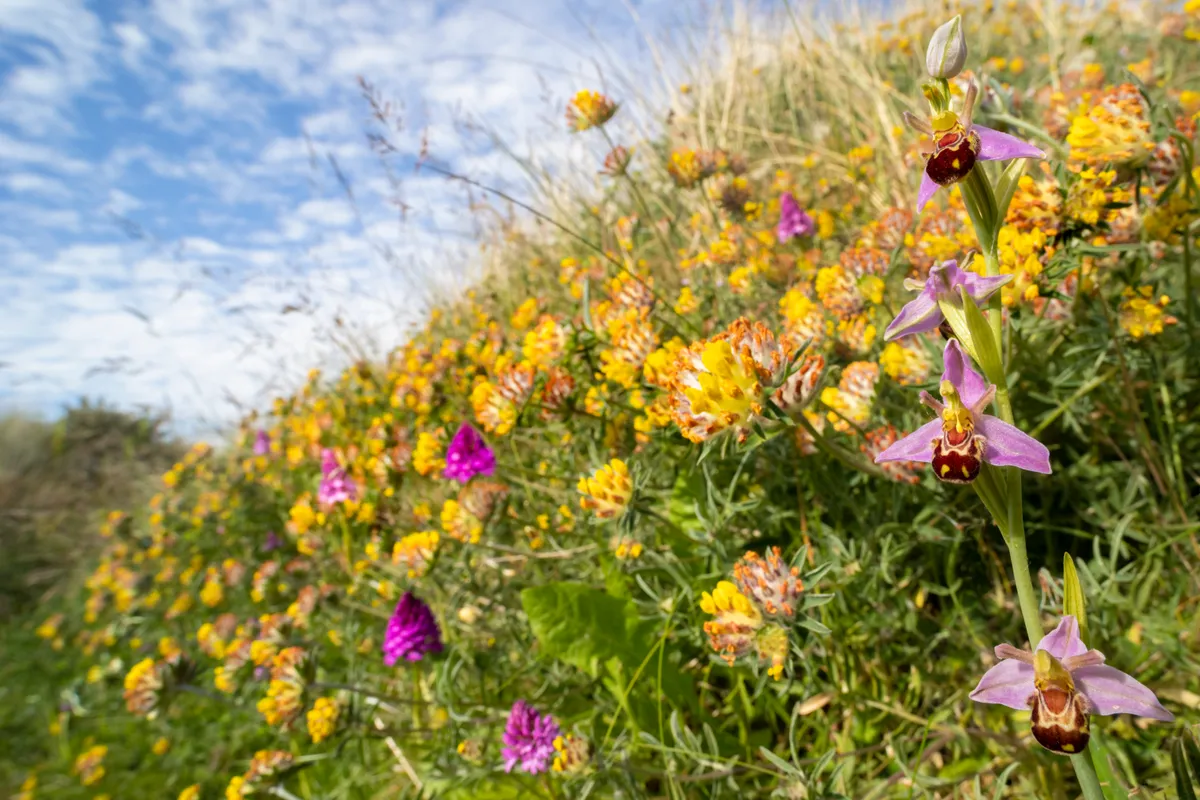
In June, flowering kidney vetch and bee and pyramidal orchids spangle Sefton’s dunes, creating a dense, eye-catching carpet of colour. “On a summer’s day it’s literally buzzing with life, as solitary bees feast on these flowers,” says Alex. “It’s incredible to me that this dynamic dune system, with all these very rare species – including endemic dune helleborine – flourishes so close to such centres of industry. A lot of the animals are effectively marooned on this little island of sandy habitat, so we really need to look after this special place.”

The setting sun gilds the grasses crowning Sefton’s dunes, signalling a changing of the guard: diurnal species retreat into burrows, while their nocturnal counterparts emerge to feed and mate. “Each morning, little half-moon holes in the slopes reveal where tiger beetles left their burrows,” says Alex, “and tiny tracks spidering the dunes – footprints of insects, sand lizards, natterjack toads – write stories into the sand.” Protection of this habitat, much of which has been destroyed across Britain, is vital; on the Sefton Coast alone, some 81 per cent of bare sand has gone since 1945.